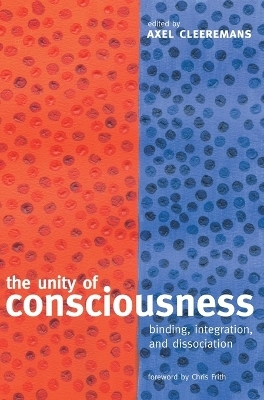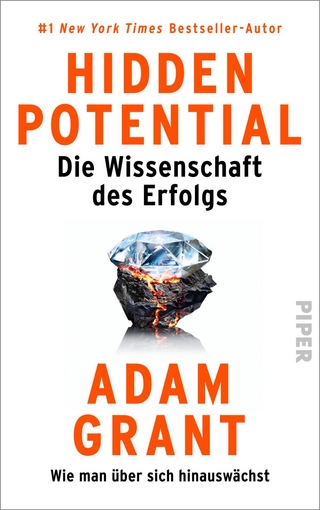
The Unity of Consciousness
Oxford University Press (Verlag)
978-0-19-850857-1 (ISBN)
Consciousness has many elements, from sensory experiences such as vision, audition, and bodily sensation, to nonsensory aspects such as volition, emotion, memory, and thought. The apparent unity of these elements is striking; all are presented to us as experiences of a single subject, and all seem to be contained within a unified field of experience. But this apparent unity raises many questions. How do diverse systems in the brain co-operate to produce a unified experience? Are there conditions under which this unity breaks down? Is conscious experience really unified at all?
In recent years, these questions have been addressed by researchers in many fields, including, neurophysiologists and computational modellers, neuropsychology, cognitive psychology, and philosophy. With chapters from some of the leading thinkers on consciousness, this is a thought-provoking book that attempts to answer some of the big questions.
Contributors include - Chris Frith, David Chalmers, Guilio Tononi, Anne Treisman, Andrew Young, Sydney Shoemaker, Glyn Humphreys, Rodney Cotterill, Zoltan Dienes, Susan Hurley, Randall O'Reilly, Andreas Engel, Pierre Perruchet, Catherine Tallon-Baudry, and Francisco Varela.
Foreword ; Acknowledgements ; Introduction ; PART 1: WHAT IS UNITY? ; 1.1 What is the unity of consciousness? ; 1.2 Consciousness and co-consciousness ; 1.3 Action, the unity of consciousness, and vehicle externalism ; PART 2: BINDING (THE MECHANISMS OF UNITY) ; 2.1 Consciousness and perceptual binding ; 2.2 Conscious visual representations built from multiple binding processes: evidence from neuropsychology ; 2.3 Temporal binding and the neural correlates of consciousness ; 2.4 Oscillatory synchrony as a signature for the unity of visual experience in humans ; 2.5 Three forms of binding and their neural substrates: Alternatives to temporal synchrony ; PART 3: DISSOCIATIONS (WHEN UNITY BREAKS DOWN) ; 3.1 Linking learning and consciousness: The self-organizing consciousness (SOC) Model ; 3.2 Unifying consciousness with explicit knowledge ; 3.3 Face recognition with and without awareness ; PART 4: INTEGRATION (THE EMERGENCE OF UNITY) ; 4.1 Consciousness differentiated and integrated ; 4.2 Neural synchrony and the unity of mind: A neurophenomenological perspective ; 4.3 Conscious unity, emotion, dreaming, and the solution of the hard problem
| Erscheint lt. Verlag | 1.7.2003 |
|---|---|
| Zusatzinfo | numerous figures and tables |
| Verlagsort | Oxford |
| Sprache | englisch |
| Maße | 173 x 247 mm |
| Gewicht | 722 g |
| Themenwelt | Geisteswissenschaften ► Philosophie |
| Geisteswissenschaften ► Psychologie ► Allgemeine Psychologie | |
| Geisteswissenschaften ► Psychologie ► Biopsychologie / Neurowissenschaften | |
| Geisteswissenschaften ► Psychologie ► Test in der Psychologie | |
| Geisteswissenschaften ► Psychologie ► Verhaltenstherapie | |
| ISBN-10 | 0-19-850857-3 / 0198508573 |
| ISBN-13 | 978-0-19-850857-1 / 9780198508571 |
| Zustand | Neuware |
| Haben Sie eine Frage zum Produkt? |
aus dem Bereich


